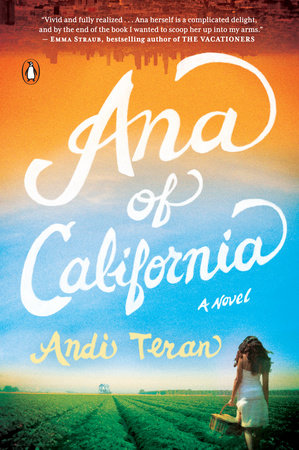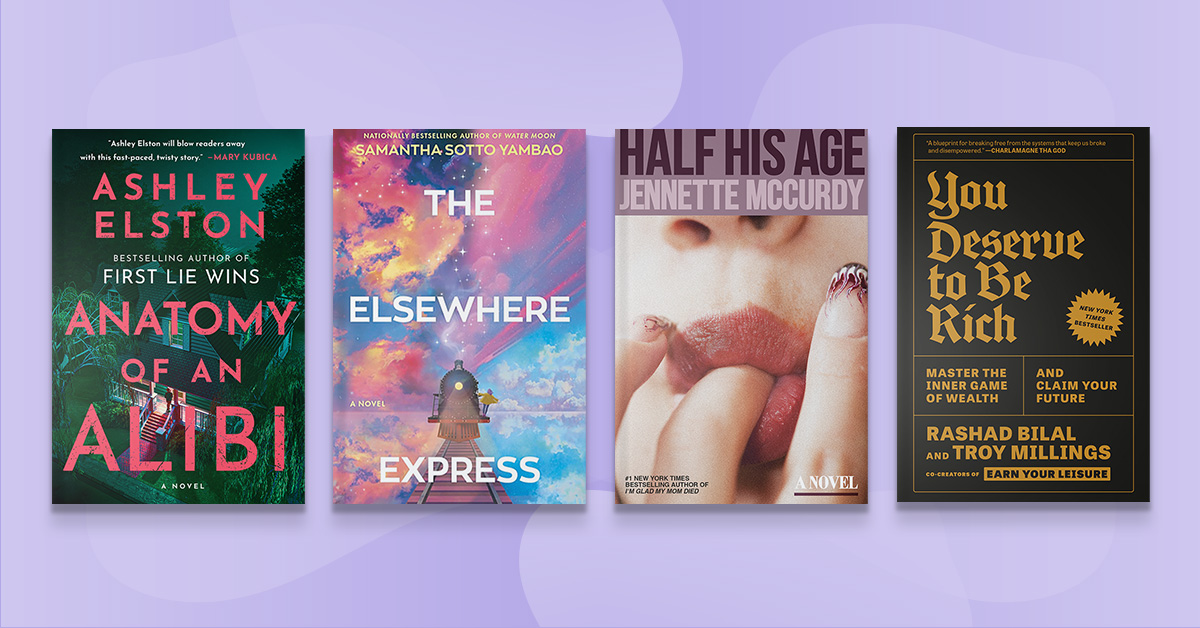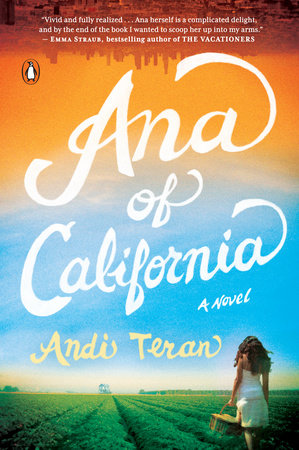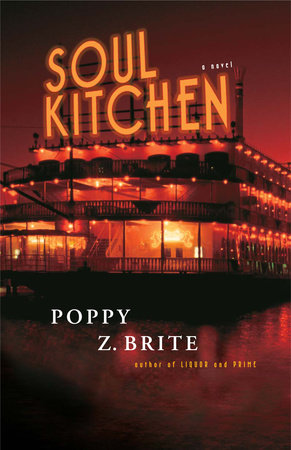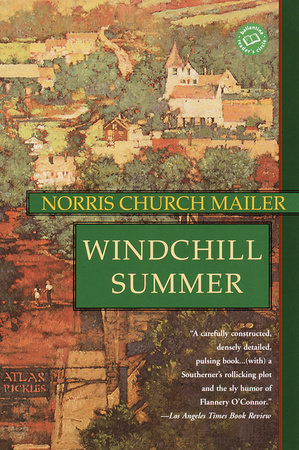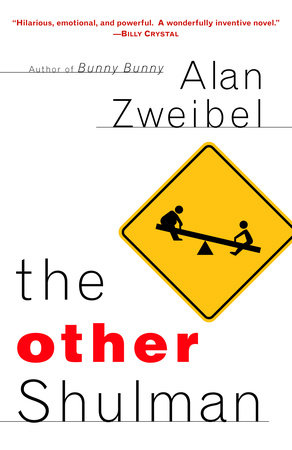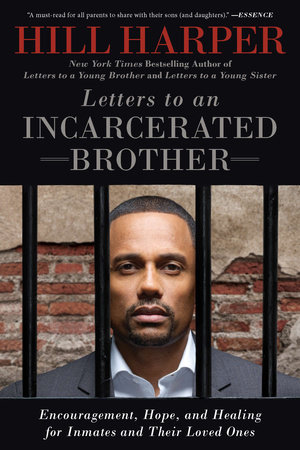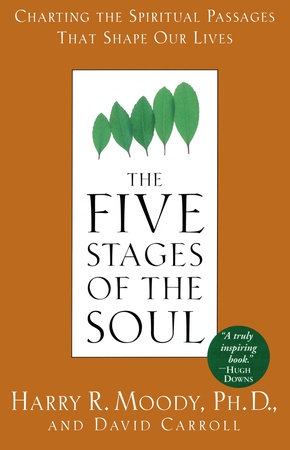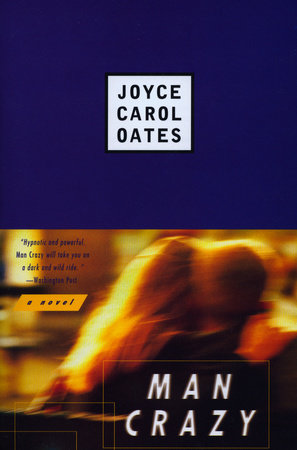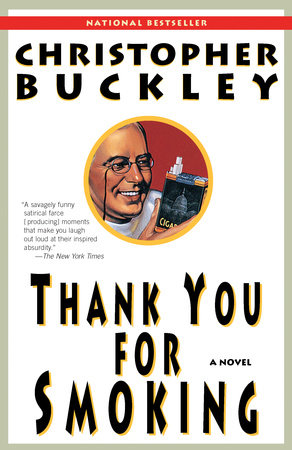In Ana of California, you retell L. M. Montgomery’s beloved novel. What aspects of the novel did you want to keep? Which did you feel needed updating?
First of all, I should point out that even the thought of retelling L. M. Montgomery’s classic story was both a thrilling and daunting prospect. There’s no way I could ever live up to the same magic or standard. That being said, it was important to let my enduring love for the original novel serve as inspiration while also giving myself the freedom to create something entirely new with a magic all its own.
I knew from the beginning that I would stick to the same main character structure. I liked having that initial boundary but was surprised when new characters that weren’t in the original began to pop up on the page. Manny, the farm manager was the first of these characters, and he served as a sort of guide to me (and to Ana) throughout the writing process. Will Carson, the new café owner in town, was even more of a surprise. He found his way into the world of Hadley, California, midway through the first draft—tattoos, butcher knife, heavy metal soundtrack, and all. I went back and fleshed him out more in subsequent drafts, which also brought out his unique relationships with both Abbie and Ana.
Ana herself proved difficult to write initially. I had the original Anne so fresh in my mind that updating her seemed almost impossible. I wanted to write an entirely new character with just a few shades of the original, but I had to close the book and have confidence in my own story in order to do so. I did extensive research on the foster care system in California and frequented the places Ana might have been drawn to in both downtown and East L.A. Though my Ana, like Anne, was a young girl alone in the world who very much wanted to find a place to belong, she was living a vastly different experience tied to a traumatic history. I made sure to keep certain traits while also allowing her come to life the way she wanted to on the page.
As a mega fan of the original, it was important to me to keep certain iconic scenes, too—not all of them; just a few—and I hope fellow fans enjoy the modern interpretations. I kept “bosom friends,” for instance, but gave it my own spin. There’s no “breaking the slate” scene between Ana and Cole, but I made sure he substituted “curls” for “carrots” when teasing her about her hair. I knew from the beginning that Anne and Ana would share the same hatred for their hair as many of us do at that age. I remember jotting down the note, “Hair shenanigans!!!” with multiple exclamation points in my initial notes because I loved the hair-dyeing scene between Anne and Diana in the original. My version—Brazilian hair straightening—was one of my favorite chapters to write.
Another must-keep moment from the original was Anne’s ride home from the train station with Matthew at the beginning of the book. I loved her chatterbox narration as he silently listened and fell for her childish charms. With Ana and Emmett, I knew this interaction would be similar but different. Ana is a street-smart teenager rather than a naive child, and one with many more years living alone in the world. I took this into consideration in regards to her reticence towards opening up to him at first. A teenaged girl riding alone with an older male stranger is quite a different thing now than it was back then, too.
It also helped that Emmett was the opposite of Matthew. Though not intentional at first, as I was writing I realized I was updating the Matthew and Marilla characters by flipping their personalities. Abbie is more of the Matthew while Emmett shares similar qualities to Marilla even though he’s a bit more cantankerous. Aside from also making them younger than the original characters, I wanted them be more active in their dealings with the farm. Highlighting farm life, especially from the perspective of small-town organic farmers, was a theme I wanted to modernize.
Out of all of the updating I did, though, writing the characters of Abbie and Rye was one of the greatest joys of my process. Rye Moon is completely different from Diana Barry in appearance and personality, but she shares the same loyalty and love for her best friend. Abbie Garber and Marilla Cuthbert are similar in that they both have to live with their older brothers on a farm and both enjoy working in their kitchens, but Abbie is not as sensible or set in her ways. I kept thinking about what Marilla’s backstory from the original novel would have been and how fun it would be if I gave my version of her a reckless and colorful past.
How old were you when you first read Anne of Green Gables? What is it about Anne’s story that resonates with you?
I was twelve years old when I first read Anne of Green Gables, so about the same age as Anne herself. I immediately identified with her constant daydreaming and talkativeness—two aspects I shared with her at the time that often got me into trouble (and still do). I had never read a character that felt so familiar, especially one that was also sensitive and prone to emotional outbursts. I loved that these attributes seemed positive rather than negative, too.
I was enchanted by Anne’s boldness, conviction, and wild imagination. I so wanted to be in her story club and start one of my own (which, sadly, never happened). Anne was virtually incapable of being anyone other than herself, which is an important message for young people. She was stubborn at times but willing to consider someone else’s opinion. She was also willing to grow and change despite the difficulties of her past, and she had a true compassion for others. It’s both a brave and difficult thing to open up to others, but Anne did it with gusto whatever the hilarious consequences. L. M. Montgomery masterfully created a character that became both a role model and a bosom friend to all of her readers; one that many of us still feel is a friend today.
In an age where so many of us are trading imagination for the lax lures of screens, I believe the themes of Anne of Green Gables need to be preserved. This is one of the main reasons why I wanted to update it in the first place. It’s important to run wild through nature and indulge your active imagination regardless of what age you are. What’s wrong with a little daydreaming or romanticism? I think it’s important in life! Also, for some of us, family is something we make rather than are born into. I wanted to explore this for modern times and the idea of what it means to be a modern family. There is no definition; it’s what we make it.
When did you become interested in writing? Did you have an influential mentor like Ana’s art teacher, Mrs. Darnell?
I’ve been interested in writing for as long as I can remember. I began writing as a child, mostly silly stories and poems. It was always something that I did to amuse and calm myself, and I rarely, if ever, showed what I wrote to anyone else. In elementary school, we had to make something for an art contest, so I wrote a haiku poem. It was the first time I ever put anything I’d written out into the world, and I was shocked when I won a first place ribbon. I remember feeling embarrassed rather than proud.
My fifth grade teacher, Mrs. Graf, encouraged me to write more, so I started writing stories about animals that I still have and hope to put out in the world someday. She was such an influence on me, especially as a student who struggled greatly with math and “talking too much.” She let me write more for class projects, which was helpful, and rarely critiqued anything other than grammar and spelling. Like Mrs. Darnell in my book, she stressed the basics but allowed for freedom of expression.
Another major mentor for me was my high school English teacher, Mrs. Wilson. I was a new transfer student to an all-girls high school and had never met a teacher quite like her. She was loud, forceful, and serious about literature but taught with such humor and passion. Her curriculum was all about fiction—there were so many novels on our list we could barely keep up! She made us read the classics as well as literature with complex female characters—books that would rarely make their way into the high school curriculum. We were required to dive deep into themes and meaning too, to question what we’d read and interpret it as we saw fit. She singlehandedly made me fall even deeper in love with fiction; in fact, I don’t know if I’d be writing today if it weren’t for her class. A passion for reading, to me, is the backbone of being a writer.
Why did you decide to make Ana Mexican American?
I’m Mexican American myself, so aside from selfishly wanting her to be the same, it was a deliberate choice I made in reaction to the dearth of Latina heroines in current fiction. Not to get too soapbox-y, but how crazy is it that we don’t see more diversity in modern culture? Beyond fiction, it’s been a slow build towards seeing different ethnicities in leading roles in films and on television, let alone female ones. I find this enraging, and I want to do everything I can to help change the situation.
Tapping in to something that is familiar is important to me as a writer. I very much want to put myself in the shoes of all of my characters. I knew from the start that Ana would have a similar background to me and that she would understand the same flavors, smells, and situations I grew up with living on the border of Texas and Mexico. I’m proud of my heritage, my family, and where I grew up. My Mexican grandma instilled so much of that into me—including storytelling. She was one of eight children and never went to college, but she was always reading something and telling us stories about her family and our ancestors. I think it’s important to celebrate who we are and where we come from and to share what makes each one of us unique.
In many ways, your novel is darker and more emotionally complex than Montgomery’s original. Is this a reflection of our darker times or the fact that young adult fiction has evolved to address more difficult issues?
It’s actually more a reflection of what I like to write. I’m all for fantasy, but I’m inspired by modern, everyday life—the magic that is often found in the mundane, the lightness that can be found in the dark. Our times may be darker in general, but I don’t think that means there isn’t goodness to be found, especially in the unlikeliest of places. These are the stories I’m interested in writing.
Anne of Green Gables seems so safe and tame, which is maybe why it’s such a joy to get lost in its idyllic world. Anne seems somewhat more adjusted to her plight and the loss of her parents at an early age. I wanted my story to be the opposite of that. Today’s foster children tend to undergo much more harsh situations that often lead to a difficult transition into adulthood. This is a reality and one that I wanted to address.
I also wanted to delve into the psychological ramifications of what it’s like to be alone as a young person, with no family or familiars, and without stability for most of your life. I’ve spent time working in both a children’s shelter and a halfway house for teens. The stories I witnessed and heard still haunt me. It was important that Ana be a voice for many of the young people I met who had no voice or anyone who cared about their well being.
Overall, I’m interested in the ups and downs of our rollercoaster times and even more interested in how to react to them with positivity and heart. Sometimes it’s about finding some idyllic place within yourself that you can tap into when the world outside becomes difficult. But to answer your YA question, I wasn’t consciously thinking about the genre or how it’s evolved; however, I’m glad there are more and more books out there—Jay Asher’s Thirteen Reasons Why and John Green’s Paper Towns come to mind—that are dealing with very real, very complex characters and situations.
Before this novel, you’ve written nonfiction pieces that have been published in Vanity Fair, Monocle, and the Paris Review Daily. Which do you prefer: fiction or nonfiction?
I enjoy both! I also find that they’re similar in many ways. Meticulous research is a requirement for nonfiction. You truly have to know your subject and its history. Plus, you have to make sure you’re always telling the truth while respecting the subject at hand. The same can be said for writing fiction.
I do a lot of interviews for my nonfiction writing and I love getting to know someone and the work that they do. Much like creating characters, you have to jump into your subject’s skin and try to feel where they’re coming from—at least this is what I do. I’ve been so lucky to interview people whose work I so admire. Part of the thrill of writing about them is getting to ask questions about creativity, inspiration, and what motivates them to do what they do. I always start with their history and what brought them to where they are in the present moment. I ask all of these same questions of my fictional characters.
I would say that I enjoy the freedom in fiction writing the most, though. There’s nothing like doing the work, getting lost in your imagination, and making something up that amuses yourself. When it comes right down to it, that’s all you’re doing—you’re making stuff up! It’s a form of cerebral play that engages all of your senses. And, much like my love of theatre, you get to be the writer, director, and every single one of the characters, too.
Do you write every day and follow a set schedule or do you write when the mood strikes you?
I do write every day, but I don’t have a set schedule because it’s always changing. I tend to do research in the mornings and write in the afternoons and evenings depending on my current schedule. I often have to juggle articles and interviews with my fiction writing, and I also spend time writing plays and screenplays. Sometimes it can all be rather difficult, so I’ll designate certain days for certain projects. It’s never easy!
There’s often procrastination built in to my day too. I prefer to call this “thinking time” or a “daydreaming moment” that can offer up solutions to areas in my writing where I’m feeling stuck. It can turn into avoidance of work if you’re not careful, but I think frivolous breaks—or more active ones involving fresh air or exercise—are necessary. With fiction, I’ve found that the mood strikes me little by little every day. A story and/or characters start to come to me in bits and pieces, so in order not to lose them, I dig a little deeper and start taking notes. Every time I start exploring these thoughts more deeply, the story opens up more and more, and that’s my impetus to hurry up and get it on the page. The actual writing is a much more intense, every day process, though, and it helps to have a deadline.
Who are some of your literary influences? Is there one book that you believe everyone should read?
I’m obsessed with Haruki Murakami. I think I’ve probably mentioned the word “magic” several times in this conversation while also emphasizing my interest in the mundane reality of the every day. Murakami takes both of these concepts, shakes them up, and then puts you in a surreal world all his own. I’m always amazed by what he creates and by his ability to make you feel as if you’re living with the characters in an alternate reality. His characters and the ambience he creates in his stories always stay with me long after I’ve finished the book too. I tend to love books that take me to faraway places, and I especially love Murakami’s Japan.
I’m also a huge fan of Donna Tartt. Her language is modern, easy, and doesn’t come at you with fancy bells and whistles. Her characters simply live the story while letting you tag along with them. Most of my favorite books tend to be simple stories told in simple ways but with complex characters—Joan Didion’s Play It as It Lays is a favorite. I like weirdness with heavy doses of humor too; Amanda Filipacchi’s Vapor comes to mind.
Ultimately, I want to feel something while I’m reading. I want my heart to ache after I’ve finished, to be forever changed by what I’ve just read. Among the many books that have done this for me, Harper Lee’s To Kill a Mockingbird and Charlotte Brontë’s Jane Eyre are at the top of my list, and they’re both books that transcend age and gender. I would recommend both of those as must-reads for everyone and, specifically for YA fans and teens, I would insist that Francesca Lia Block’s Weetzie Bat be at the top of your list. My heart bursts for that book.
You seem quite knowledgeable about produce and cooking. Have you ever worked on a farm or at a restaurant? If not, what kind of research did you do?
Aside from a very short-lived stint making salads while wearing a chef’s hat at a French cafeteria in Texas, the only other food related job I’ve had is as a restaurant hostess. I enjoy cooking and finding interesting ingredients to use, but if we get right down to it, I love eating the most. Growing up, I spent a fair amount of time in my Mexican grandma’s kitchen. She was such a fantastic cook who infused her dishes with so much love. I remember the simplicity of her salsa—just chopped onions, tomatoes, garlic, and fresh green chilies—as well as the beef caldillo stew she’d make for me on special occasions. We baked cookies and decorated cakes together. The one thing she taught me about cooking was to always make sure you’re having fun in the kitchen.
When I moved to California from New York, I became interested in local produce and farmer’s markets. The selection is outrageous here and the farmers you meet love to talk to you about what they grow. My whole approach to eating changed. While writing Ana of California, I visited and worked at a few farms too. I was so humbled and inspired by the work. There’s nothing like putting your hands into the dirt and pulling out something delicious to eat. The best tasting ingredients are always the ones that come naturally from the earth. I learned so much from the farmers I spoke to and worked with—lessons about being quiet, working hard, and listening to the land. If you’re patient, it always gives back.
What are you working on now?
I’m working on a new novel that I’m thrilled about. It’s set on the Texas border, which is all I can reveal at the moment, but it’s different and so much fun to write. After writing nonfiction for so many years, I’m having a love affair with fiction and want to keep the momentum going. I’m also working on some film and television projects.
My goal is to always be writing something. There was so much bittersweet relief when I finished writing Ana of California. Just knowing that if you buckle down and do the work, you can actually produce a novel was an incredible feeling. I still look at the beautiful cover—illustrated by Brianna Harden—and pinch myself that it’s a reality. I miss my characters and the world of Hadley so much, though. Who knows, maybe their stories aren’t finished just yet.
